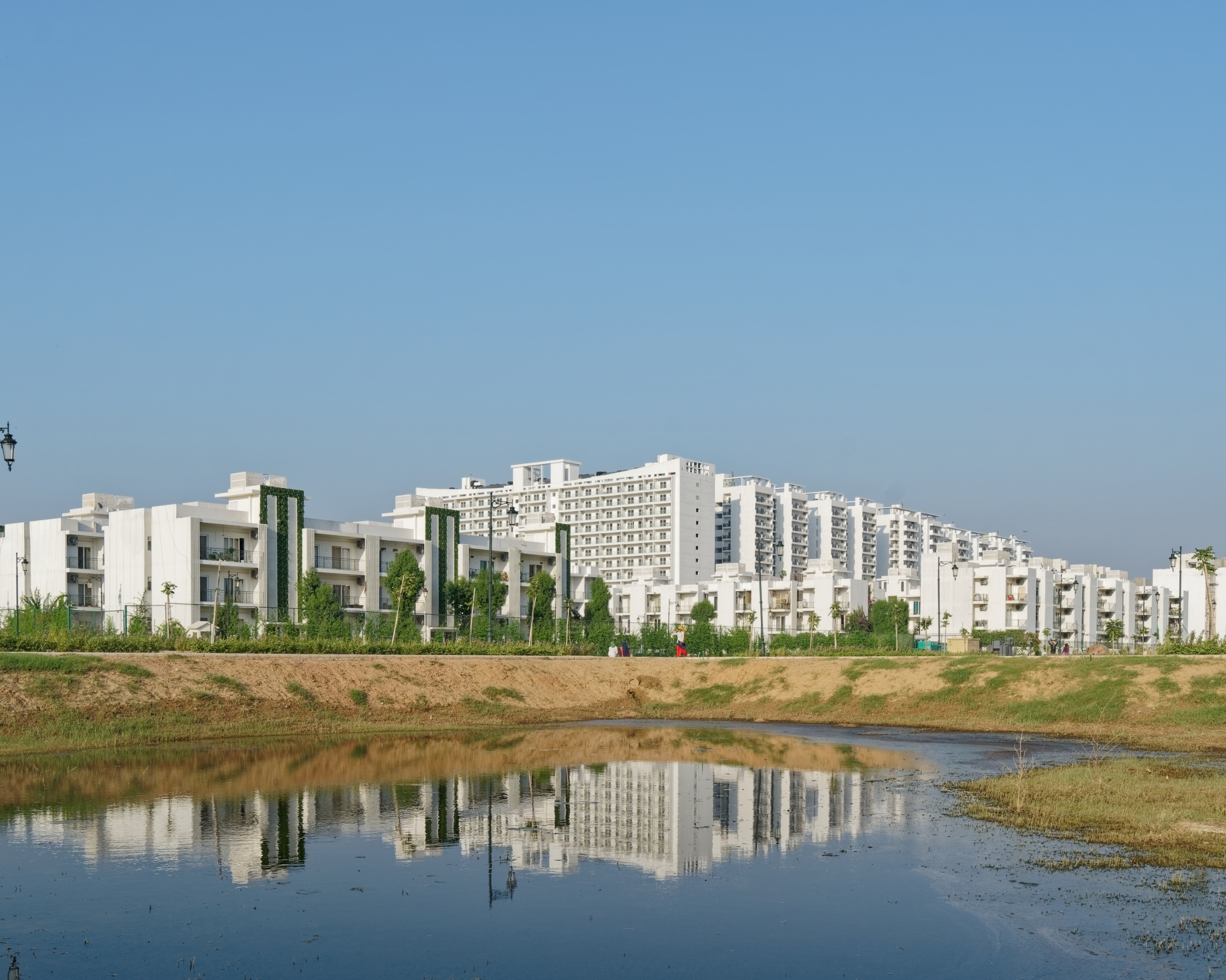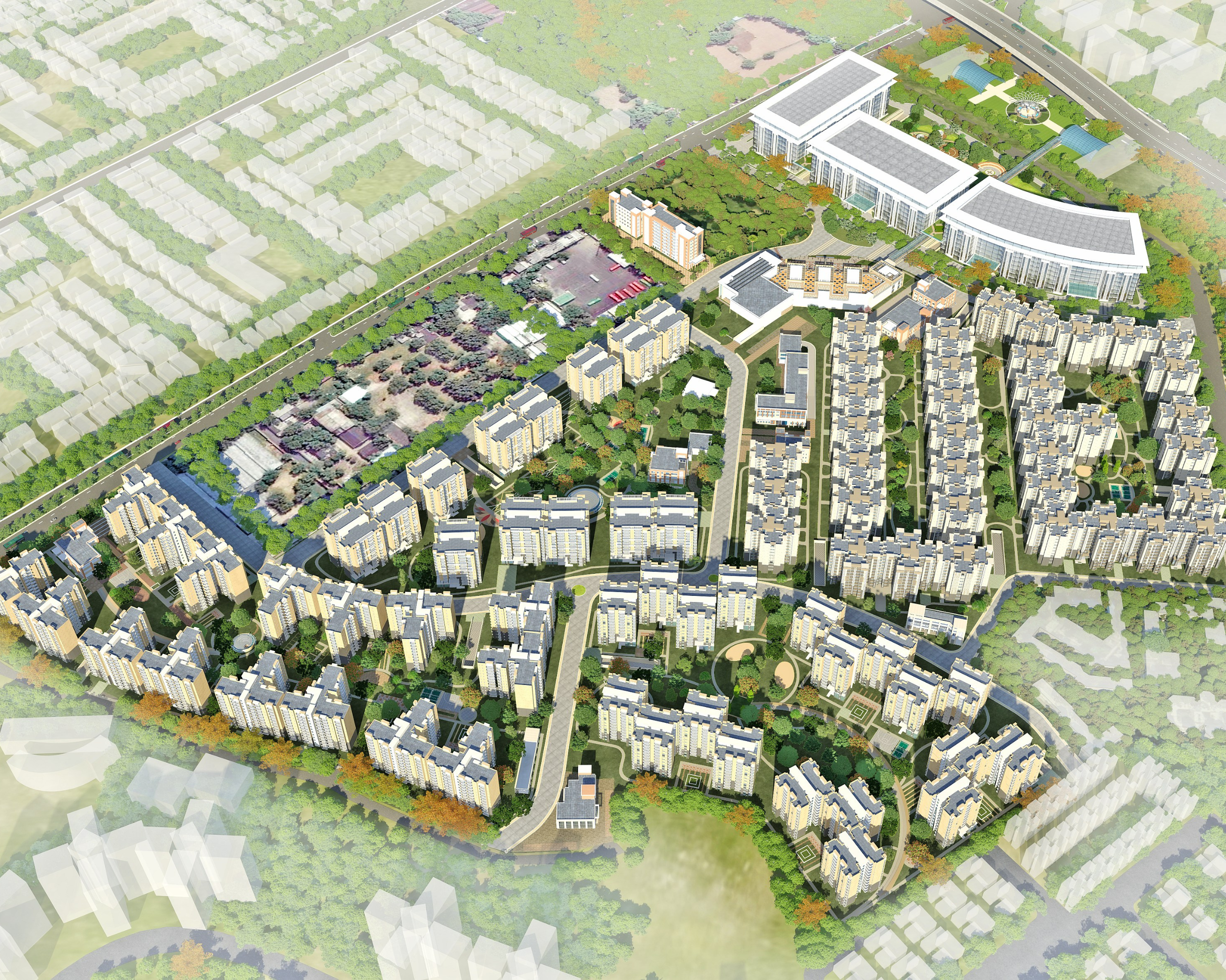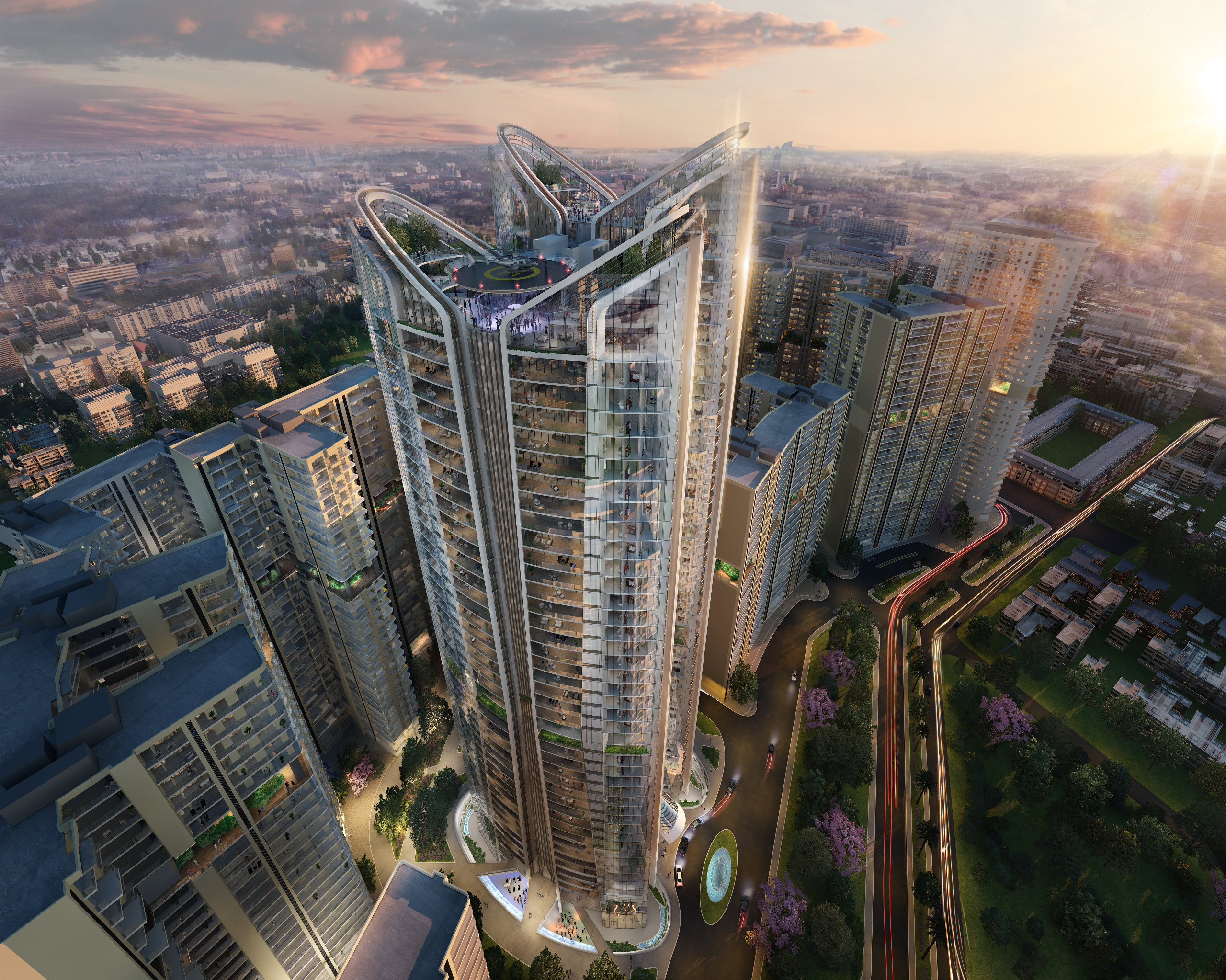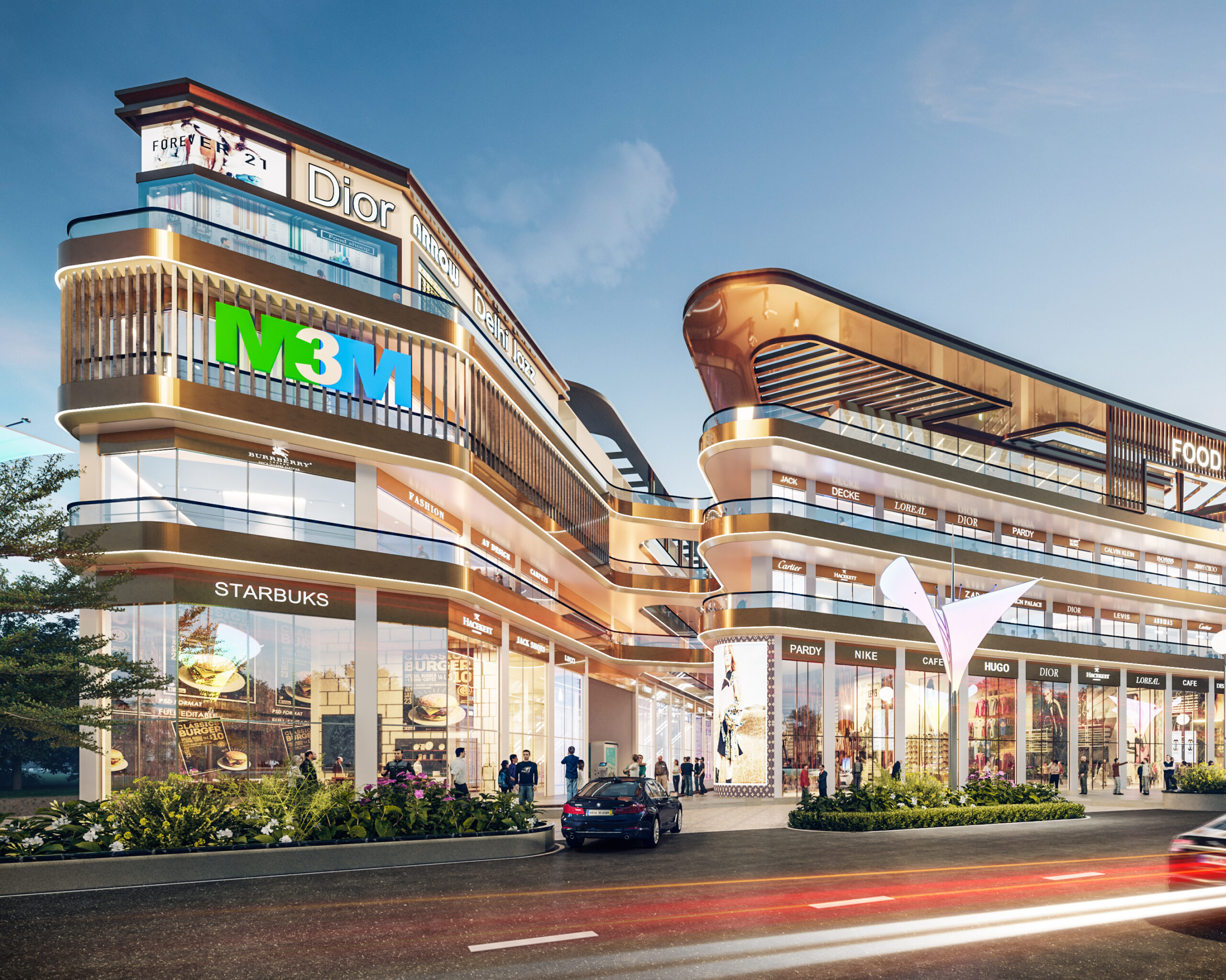Designing Wellness: The Healing Potential in Healthcare Design
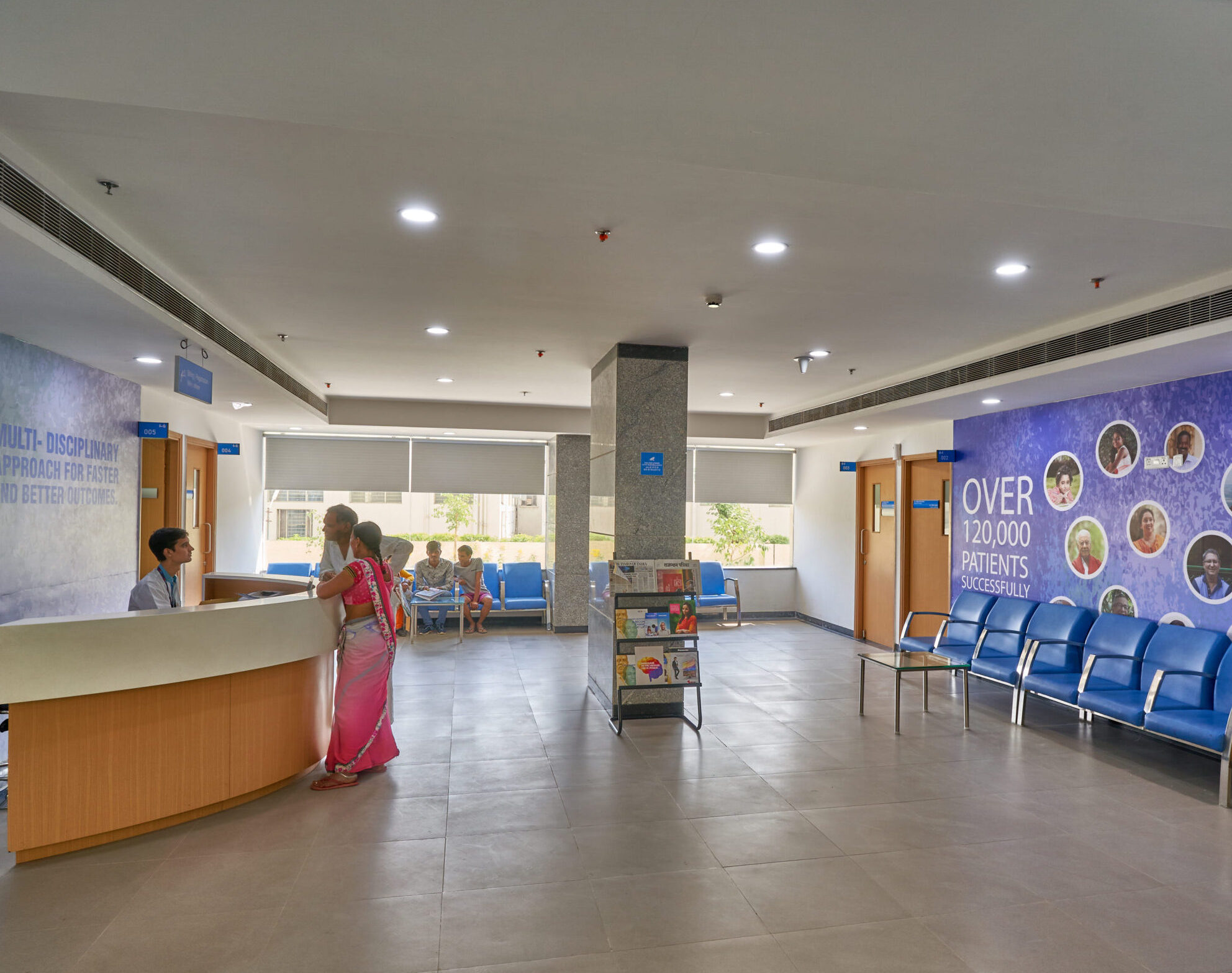
When discussing the role of architecture in enhancing human wellbeing, numerous considerations come into play. With heightened awareness during the COVID-19 pandemic, prioritising individual well-being has become a global concern. As architects and designers, our contribution lies in creating and designing spaces that will foster tranquillity and serenity, offering sanctuaries for people to find peace and calmness. Creating spaces that promote relaxation offers individuals the environment to recover at their own pace. Additionally, different design elements can become significant as they influence various moods and emotions and focus on tailoring design elements that accommodate human mental and physical states.
Embracing Nature for Human Wellbeing
In healthcare architecture, integrating natural elements such as landscapes and lighting mimicking natural patterns can significantly impact the atmosphere and experience within healthcare facilities. This deliberate arrangement offers a visual break and a sense of tranquillity amid potentially stressful environments, benefiting both patients and staff by reducing tension and fostering a more relaxed ambience.
Introducing natural light strategically into patient wards or treatment areas has multiple advantages. This not only illuminates the space but also positively influences mood and energy. A person surrounded by natural light experiences a brighter and more pleasant environment, which can enhance their overall well-being and contribute to a more positive outlook during their recovery process.
The impact of Acoustics in Healthcare
Natural elements in design, like greenery or outdoor spaces, provide mental comfort and relaxation. However, the behaviour of Sound, commonly referred to as Acoustics, is equally important. Designing specific areas with controlled sound or specialised acoustic zones allows both staff and individuals to use the space to manage their privacy. When these zones control noise effectively, they can reduce anxiety levels. For instance, someone might find rest while listening to the rain patter on their roof, or another person could meditate peacefully beside a flowing water body, undisturbed by outside noises. These conducive environments support faster recovery processes for patients or create a more comfortable setting for everyone involved.
Understanding the Influence of Colors in Creating Spaces
When designing spaces, colours are crucial in influencing the overall atmosphere and people’s emotions. Different hues create distinct feelings — warmer tones evoke a sense of cosiness and liveliness, ideal for spaces like waiting rooms or children’s areas. On the other hand, cooler shades bring about a tranquil and calming ambience, effectively reducing anxiety. How light interacts with these colours, along with ventilation, alters the room’s vibe, shifting it from vibrant and energetic to subdued or serene. This interplay of colours and environmental factors contributes significantly to how a space feels and affects the individuals within it.
In designing healthcare spaces, the focus should be on crafting spaces that inherently promote well-being. The aim is to create an environment that becomes an integral part of one’s daily life, offering a seamless transition from this space to the outside world. By tailoring spaces to cater to individual needs, we can play a role in fostering a healthier society overall.

